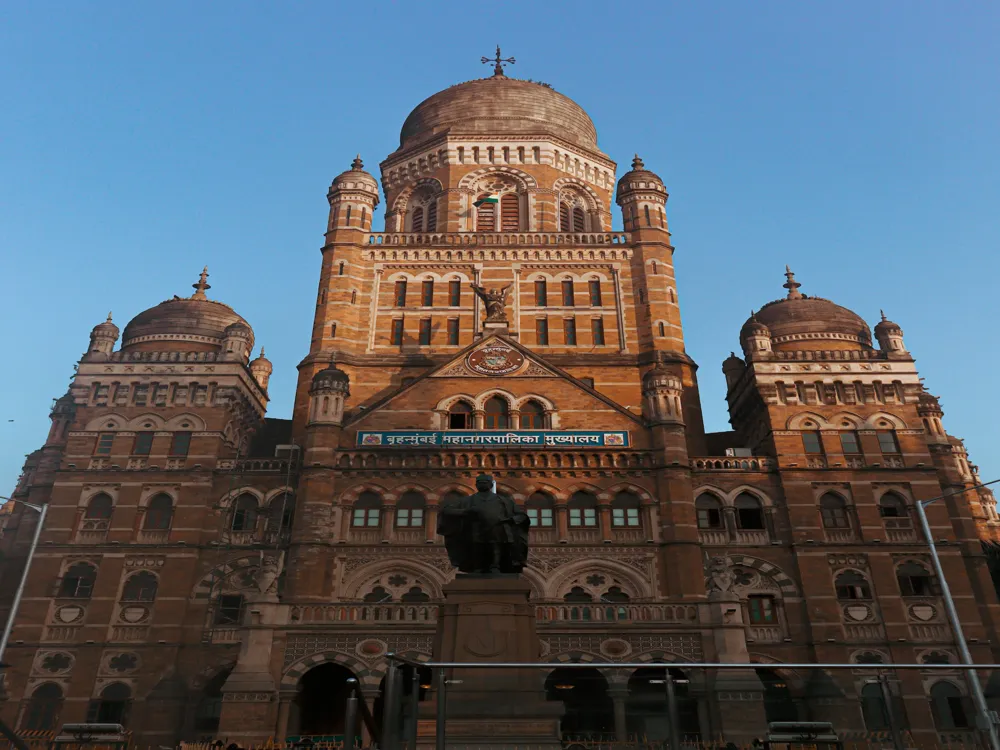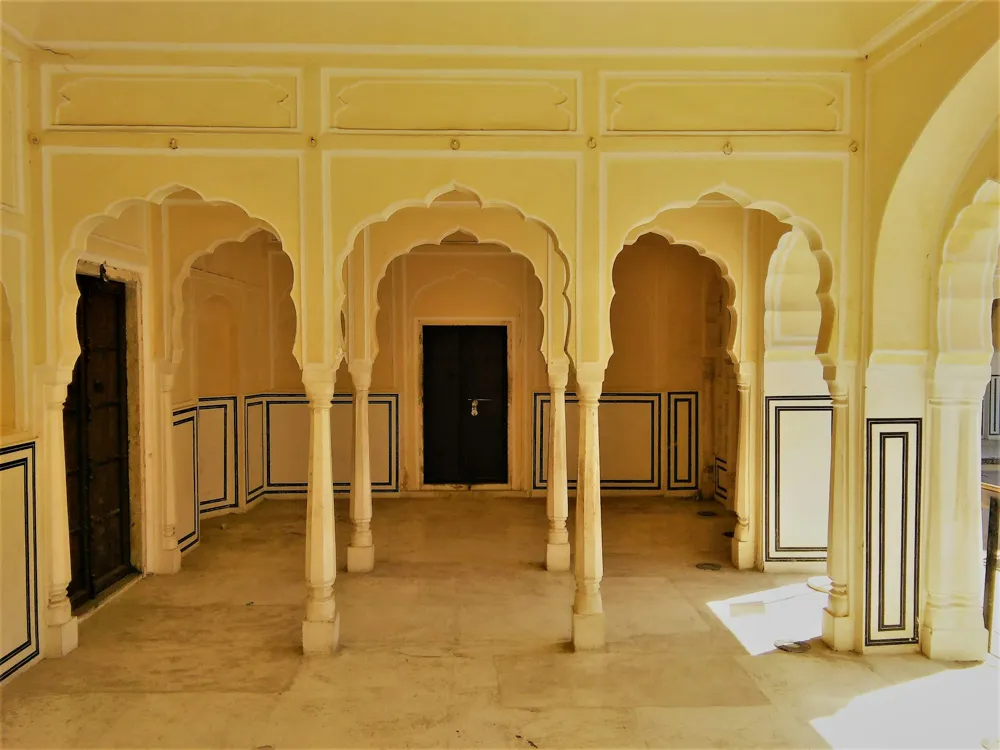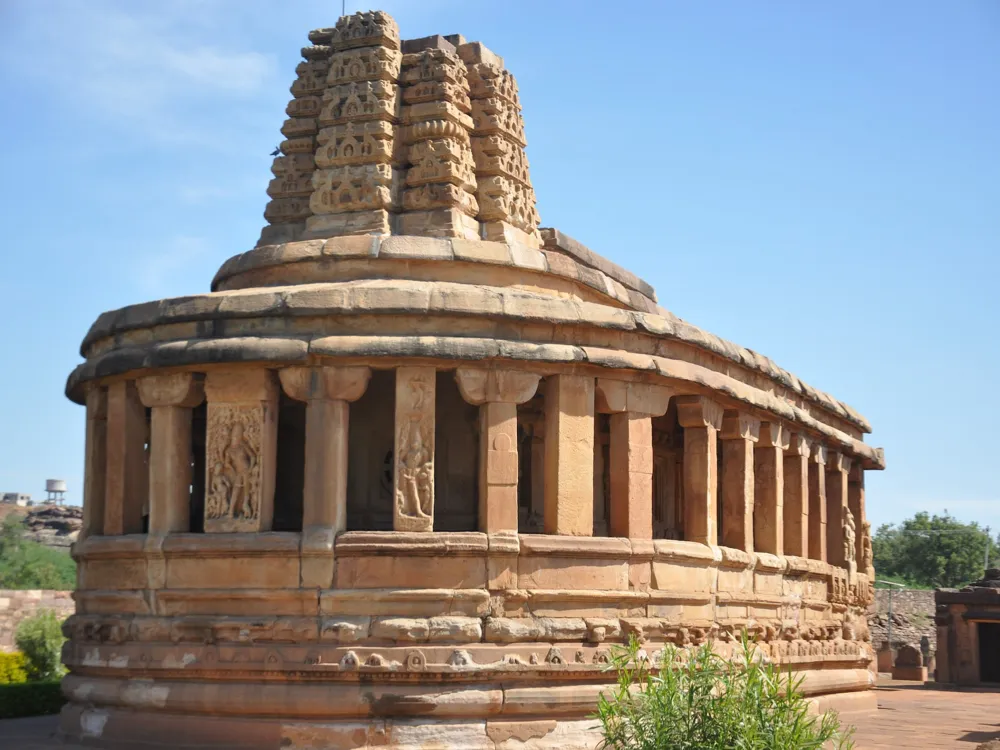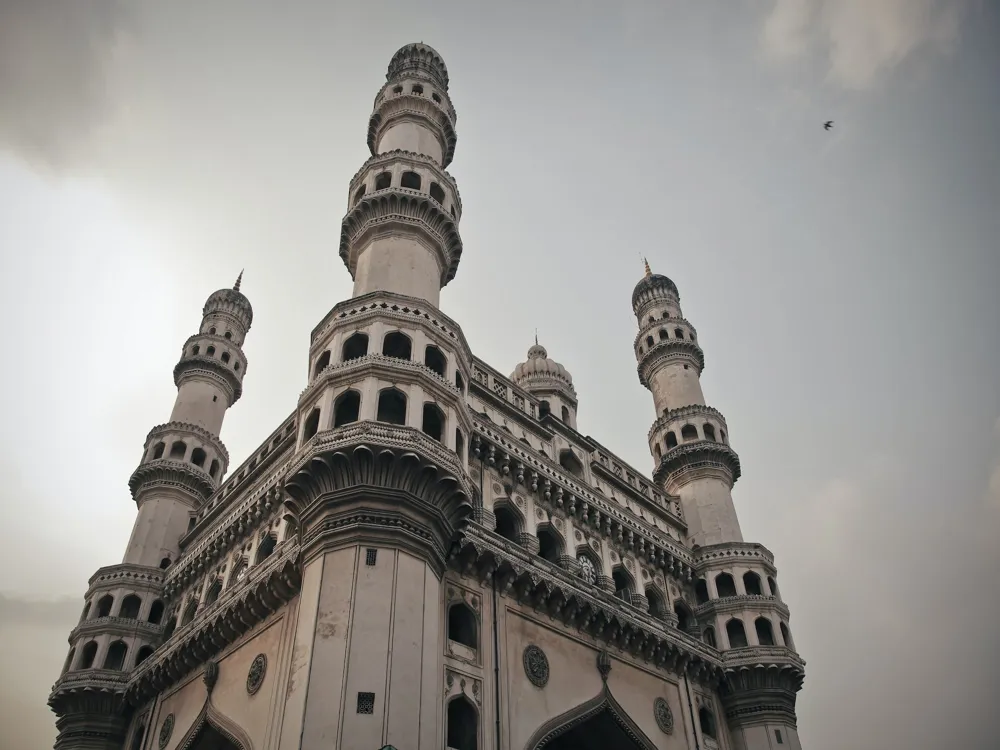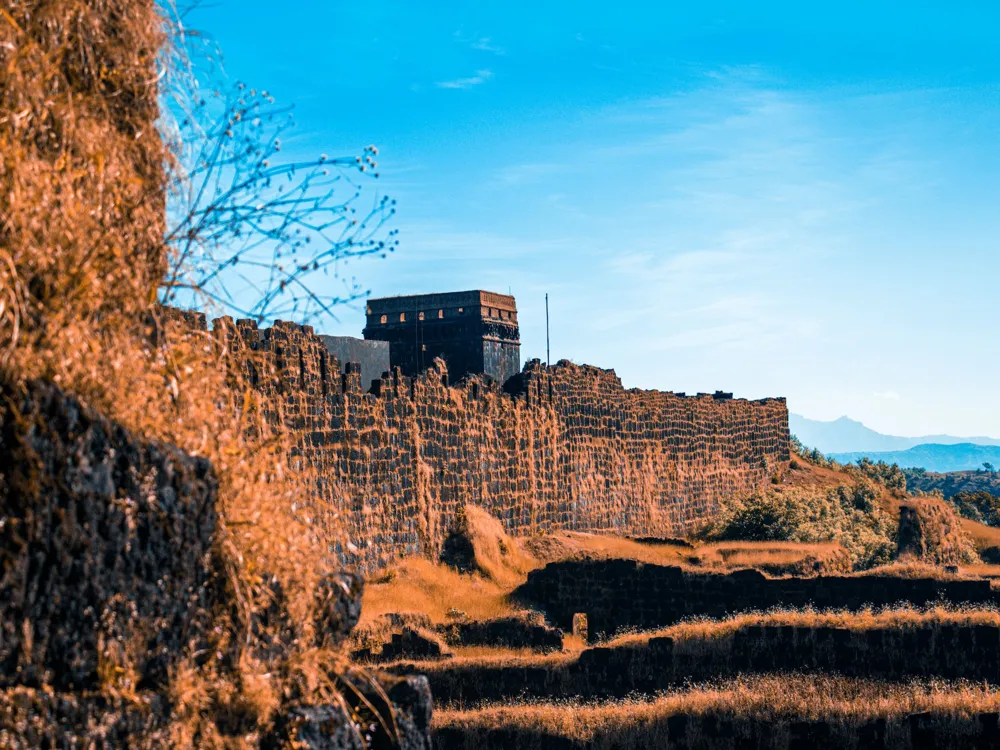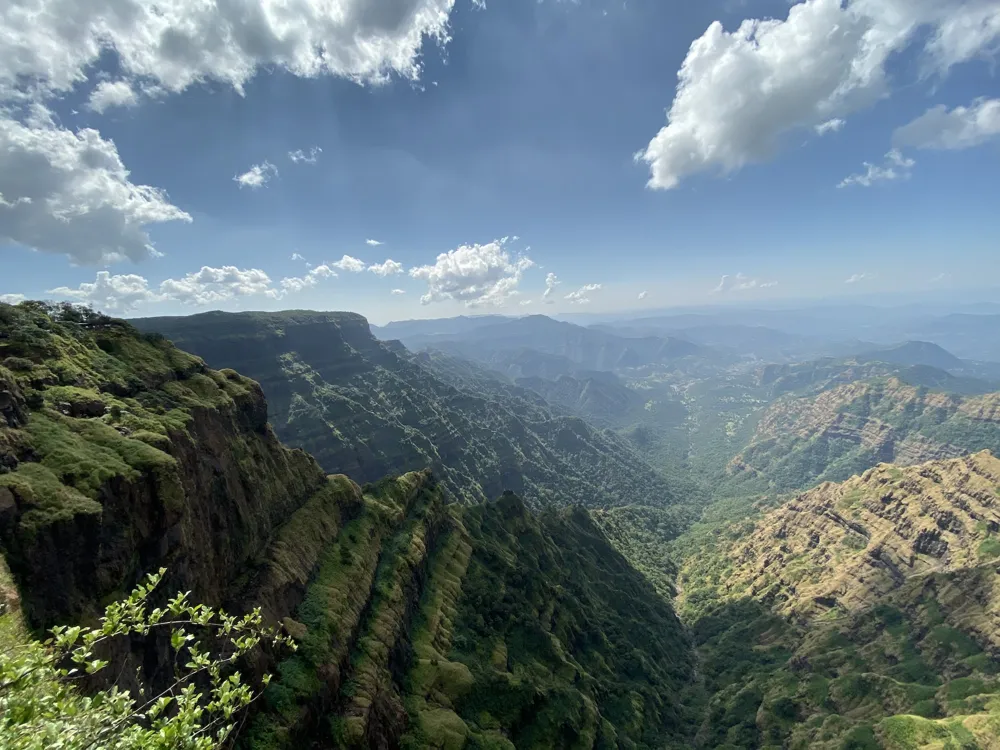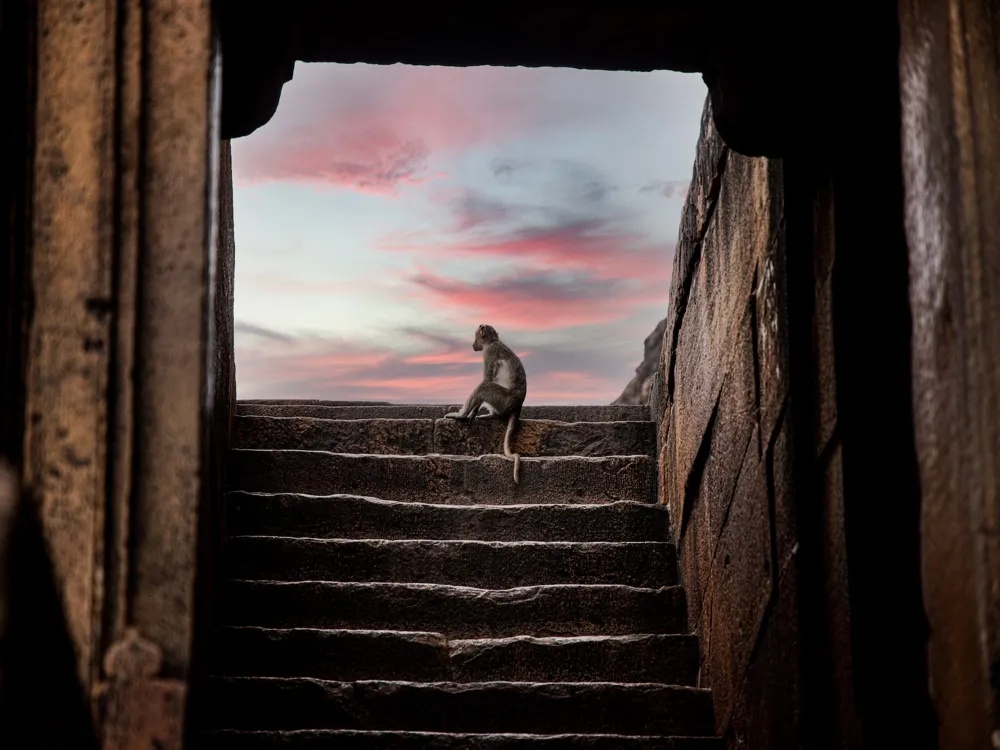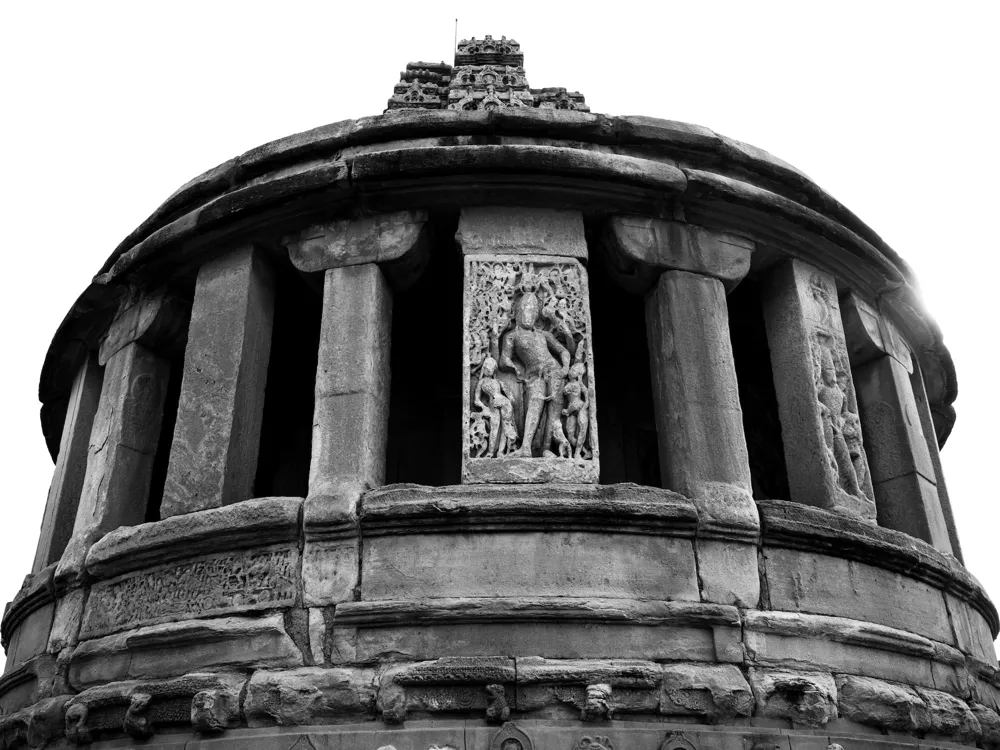Bijapur, a city steeped in historical grandeur and architectural splendor, stands proudly in the state of Karnataka, India. This city, also known as Vijayapura, is a treasure trove of history, showcasing the rich cultural legacy of the Deccan region. Bijapur's origins date back to the 10th-11th centuries, and it was significantly developed under the rule of the Adil Shahi dynasty in the 15th century. The city's unique blend of historical narratives and architectural marvels makes it an intriguing destination for history buffs, cultural enthusiasts, and travelers alike. Bijapur's history is a fascinating tapestry of conquests, dynasties, and cultural exchanges. Founded by the Chalukyas of Kalyani, the city saw various dynasties, including the Bahmani and Adil Shahi, shaping its destiny. Each ruler left an indelible mark on Bijapur's cultural and architectural landscape, contributing to its diverse heritage. The Adil Shahi era, in particular, is considered the golden period of Bijapur, during which the city flourished in arts, literature, and architecture. Bijapur is a testament to the harmonious blend of various cultures and traditions. Over the centuries, it has witnessed the confluence of Hindu, Islamic, and Jain influences, creating a unique cultural tapestry. This amalgamation is evident in the city's festivals, cuisine, and lifestyle, offering a rich experience to visitors. The architectural heritage of Bijapur is a highlight of the city's allure. The city is dotted with numerous monuments, forts, mosques, and mausoleums, showcasing a blend of Persian and native styles. The Gol Gumbaz, Ibrahim Rouza, and Jami Masjid are epitomes of Bijapur's architectural brilliance, attracting scholars and tourists worldwide. Bijapur's architecture is a confluence of creativity and engineering, representing a significant chapter in Indian architectural history. The city's structures are distinguished by their innovative designs, intricate artwork, and historical significance. The Adil Shahi rulers, inspired by Persian and Ottoman architectures, introduced distinct styles and motifs, which were skillfully blended with local traditions, resulting in unique and awe-inspiring constructions. The Gol Gumbaz, an architectural marvel, stands as a testament to the ingenuity of Adil Shahi architects. It is renowned for its massive dome, which is one of the largest in the world. The dome's interior features a unique acoustic system, where even the faintest whisper echoes around the structure, earning it the nickname 'Whispering Gallery.' Ibrahim Rouza, another architectural gem, is known for its elegant design and symmetry. It consists of a mosque and a tomb, adorned with intricate carvings and calligraphy, reflecting the zenith of Islamic architecture in the region. The balance between aesthetics and structure in Ibrahim Rouza has been a source of inspiration for many, including the architects of the famous Taj Mahal. The Jami Masjid of Bijapur is a splendid example of Islamic architecture. It features a large courtyard, arched entrances, and a grand dome. The mosque's interior is a harmonious blend of space, light, and ornamentation, providing a serene and spiritual ambiance. Besides these landmarks, Bijapur is home to several other architectural wonders like the Bara Kaman, Gagan Mahal, and Asar Mahal. Each monument tells a story of the city's glorious past, making Bijapur a living museum of architectural excellence. The ideal time to visit Bijapur is from October to March when the weather is pleasant, making it comfortable to explore the outdoor historical sites. Bijapur offers a delightful culinary experience with its local cuisine. Do try the traditional Jolada Rotti, a type of bread made from jowar, and the savory Bijapur biryani. For shopping enthusiasts, the local markets offer a variety of handicrafts, including Ilkal sarees and Bidriware. Visitors should be mindful of the local culture and traditions. Dress modestly, especially when visiting religious sites, and always seek permission before photographing people. Bijapur has a range of accommodation options, from budget hotels to heritage stays. Booking in advance is recommended, especially during peak tourist seasons. Bijapur is well-connected by road, rail, and air. The nearest airport is Belgaum Airport, about 205 km away. The city has its own railway station, Bijapur Railway Station, connecting it to major cities in India. By road, Bijapur is accessible through various national and state highways, offering a scenic drive to the city.Overview of Bijapur, Karnataka
Rich Historical Background
Cultural Melting Pot
Architectural Heritage
Architecture of Bijapur
The Gol Gumbaz
Ibrahim Rouza
Jami Masjid
Other Architectural Wonders
Tips When Visiting Bijapur
Best Time to Visit
Local Cuisine and Shopping
Respecting Local Culture
Accommodation Options
How To Reach Bijapur
Jamia Masjid
Bijapur
Karnataka
NaN onwards
View bijapur Packages
Weather :
Tags : Mosque
Architecture : Indo-Islamic Architecture
Timings : 9:00 AM to 6:00 PM
Entry Fee : None
Planning a Trip? Ask Your Question
Bijapur Travel Packages
View All Packages For Bijapur
Top Hotel Collections for Bijapur

Private Pool

Luxury Hotels

5-Star Hotels

Pet Friendly
Top Hotels Near Bijapur
Other Top Ranking Places In Bijapur
View All Places To Visit In bijapur
View bijapur Packages
Weather :
Tags : Mosque
Architecture : Indo-Islamic Architecture
Timings : 9:00 AM to 6:00 PM
Entry Fee : None
Planning a Trip? Ask Your Question
Bijapur Travel Packages
View All Packages For Bijapur
Top Hotel Collections for Bijapur

Private Pool

Luxury Hotels

5-Star Hotels

Pet Friendly








